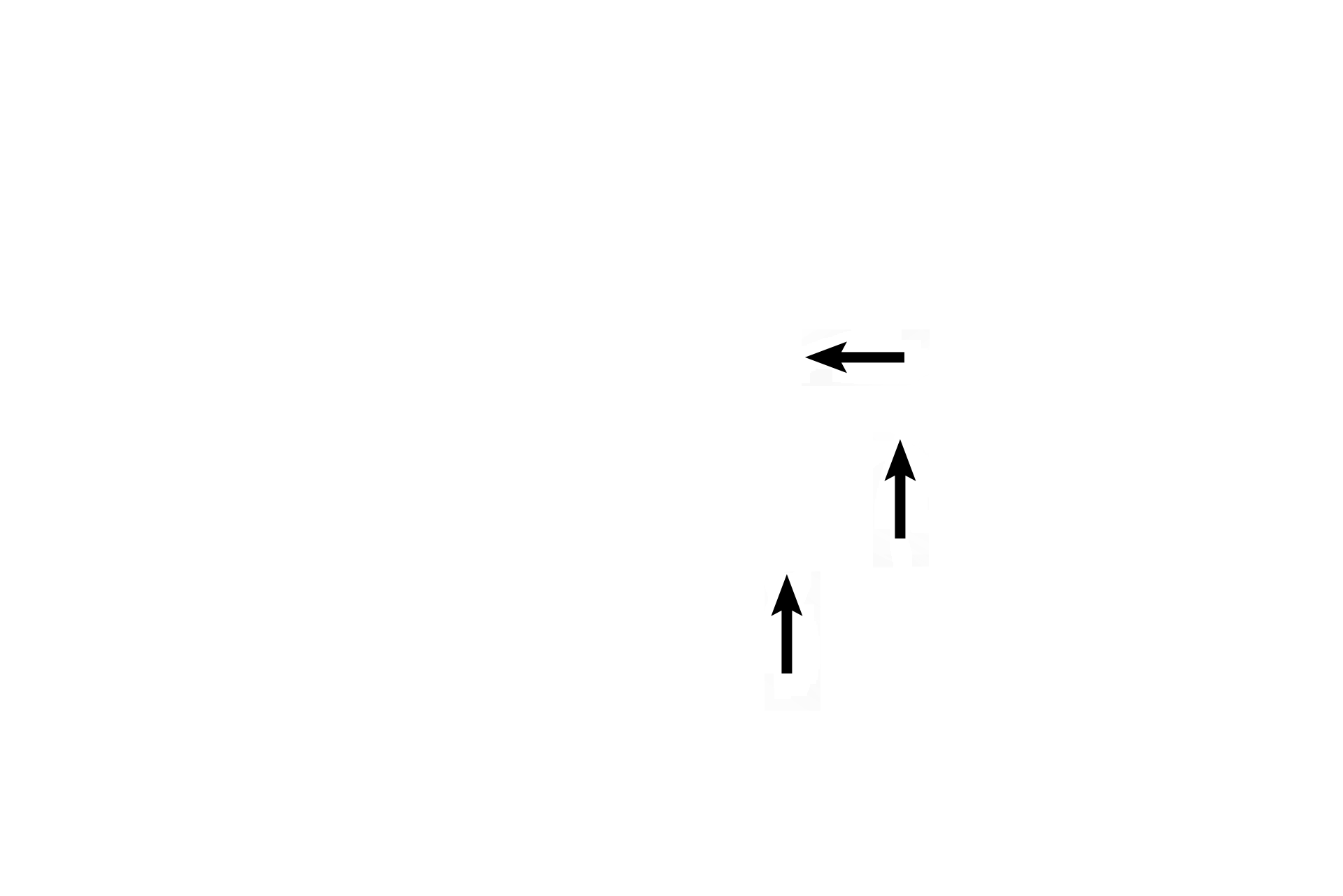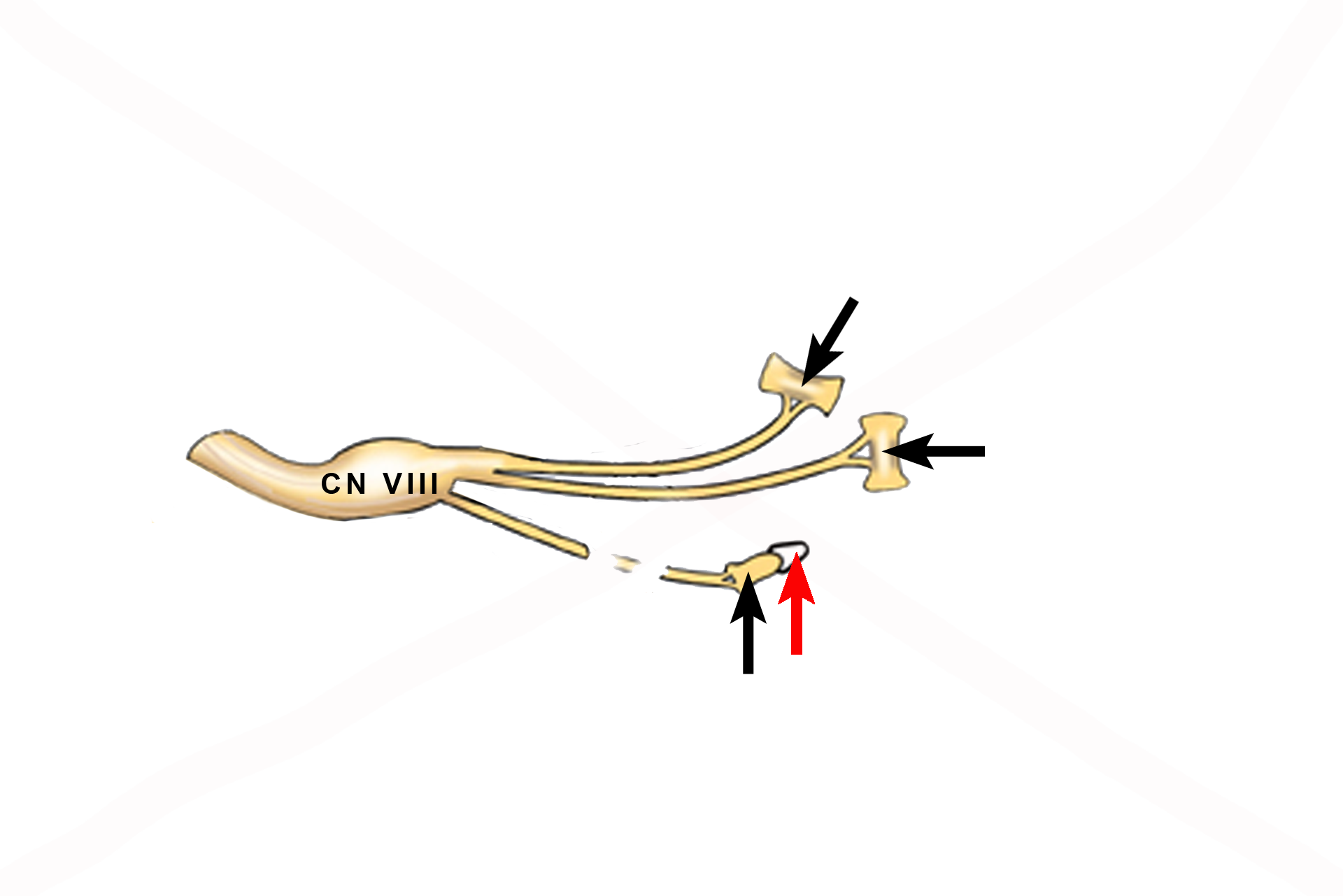
Semicircular canals
The three semicircular canals of the osseous labyrinth are circularly arranged, tubular spaces in the petrous portion of the temporal bone. Both ends of two canals attach to and open into the vestibule; one end of the third canal attaches to another canal. A semicircular duct of the membranous labyrinth occupies each semicircular canal. Both ends of two ducts attach to and open into the utricle; one end of the third canal opens into another duct.

Semicircular canals
The three semicircular canals of the osseous labyrinth are circularly arranged, tubular spaces in the petrous portion of the temporal bone. Both ends of two canals attach to and open into the vestibule; one end of the third canal attaches to another canal. A semicircular duct of the membranous labyrinth occupies each semicircular canal. Both ends of two ducts attach to and open into the utricle; one end of the third canal opens into another duct.

- Semicircular ducts >
The three semicircular ducts, located in their semicircular canals, are oriented in perpendicular planes to each other. The opening at each end of two ducts joins with the utricle; the third duct opens into another duct. An enlargement in one end of each semicircular duct, the ampulla, houses the receptor for that duct, the crista ampullaris.

-- Ampullae
The three semicircular ducts, located in their semicircular canals, are oriented in perpendicular planes to each other. The opening at each end of two ducts joins with the utricle; the third duct opens into another duct. An enlargement in one end of each semicircular duct, the ampulla, houses the receptor for that duct, the crista ampullaris.

--- Cristae ampullares >
The crista ampullaris (black arrows) is a ridge-like structure located in the ampulla of each semicircular duct. Each crista lies perpendicular to the long axis of each duct; a gelatinous cupula (red arrow) extends from each crista to the opposite wall of the ampulla. Changes in body position after angular acceleration stimulates the cristae and initiates a neural, sensory impulse in the vestibular division of cranial nerve VIII.